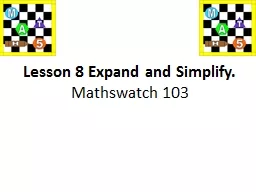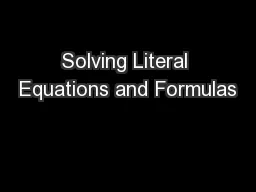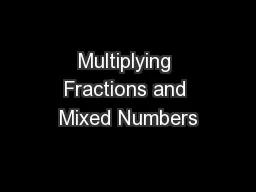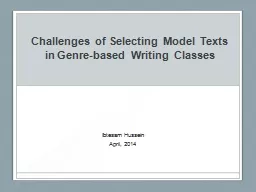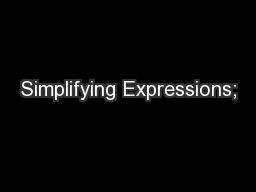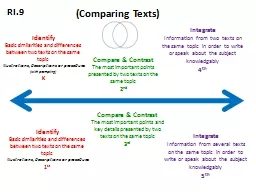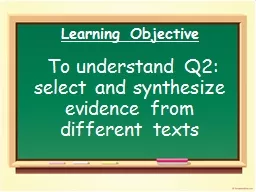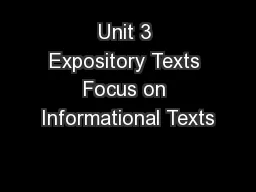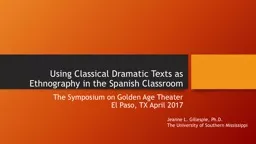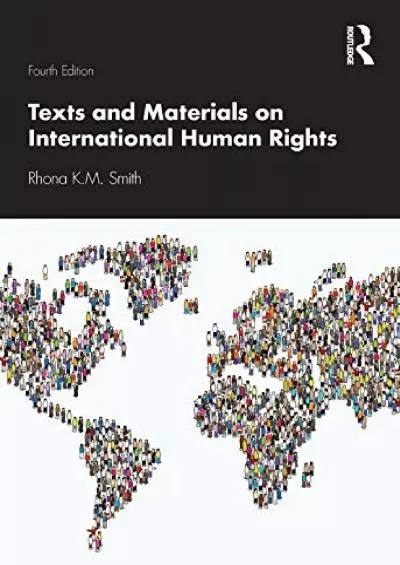PDF-When materials developers want to simplify texts to provide more compr
Author : mitsue-stanley | Published Date : 2015-10-04
The process of intuitive text simplification results in reading texts that are theoretically more comprehensible for beginning level learners Such comprehensibility
Presentation Embed Code
Download Presentation
Download Presentation The PPT/PDF document "When materials developers want to simpli..." is the property of its rightful owner. Permission is granted to download and print the materials on this website for personal, non-commercial use only, and to display it on your personal computer provided you do not modify the materials and that you retain all copyright notices contained in the materials. By downloading content from our website, you accept the terms of this agreement.
When materials developers want to simplify texts to provide more compr: Transcript
Download Rules Of Document
"When materials developers want to simplify texts to provide more compr"The content belongs to its owner. You may download and print it for personal use, without modification, and keep all copyright notices. By downloading, you agree to these terms.
Related Documents


